Quick Start
Environment Setup
Before getting started, you need to install Node.js with version >= 20. We recommend using Node.js 20 LTS version.
You can check your current Node.js version with:
If Node.js is not installed or the version is too low, you can use nvm or fnm to install the required version.
Here's an example of installing Node.js 20 LTS with nvm:
Create EMP Project
You can use create-emp to initialize an EMP project by running:
Follow the prompts to proceed. You can choose from these templates provided by create-emp:
| Template | Description | Features |
|---|---|---|
| react | React 18 | TypeScript |
| vue3 | Vue 3 | TypeScript |
| vue2 | Vue 2 | TypeScript |
CLI Tools
The EMP CLI includes a lightweight command line tool with commands like dev and build.
Refer to [CLI Tools] for all available commands and options.
Entry Module
By default, EMP CLI uses src/index.(js|ts|jsx|tsx) as the entry module. You can modify the entry module using the [entry] configuration option.

